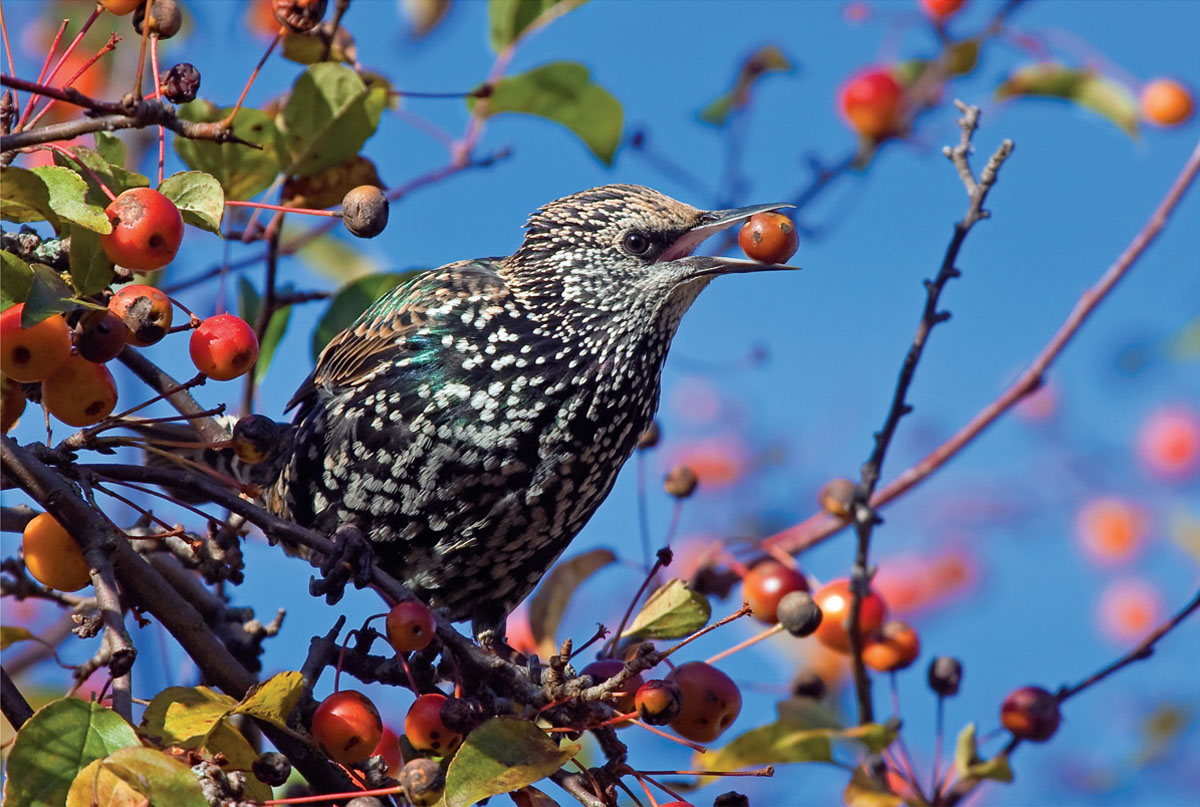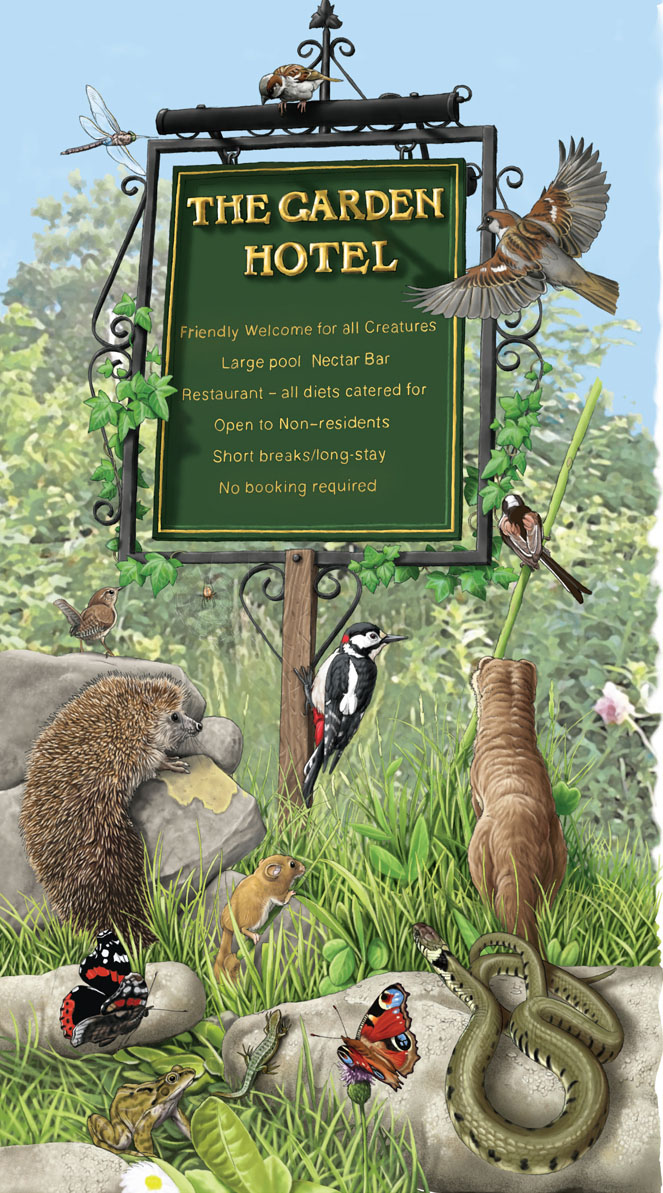 If there is wildlife in every garden to start with, how can we be sure we are definitely improving on what is there already?
If there is wildlife in every garden to start with, how can we be sure we are definitely improving on what is there already?So What is Gardening for Wildlife, then?
Busting those wildlife-gardening myths is useful because it reveals that we have much more freedom, more options, than we might otherwise imagine. But it also throws up lots of interesting questions, forcing us to consider what gardening for wildlife is really about. For example:
 If there is wildlife in every garden to start with, how can we be sure we are definitely improving on what is there already?
If there is wildlife in every garden to start with, how can we be sure we are definitely improving on what is there already?
 If gardening for wildlife is best done in as much of the garden as we can, then how do we go about it?
If gardening for wildlife is best done in as much of the garden as we can, then how do we go about it?
 If a garden does not need to be ‘wild’ to be good for wildlife, what can it be like then?
If a garden does not need to be ‘wild’ to be good for wildlife, what can it be like then?
 If the only species you’re going to get in your garden are those that are likely to pass by, which ones are they?
If the only species you’re going to get in your garden are those that are likely to pass by, which ones are they?
 And if nativeness doesn’t guarantee that a plant is good for wildlife, what does?
And if nativeness doesn’t guarantee that a plant is good for wildlife, what does?

This Starling seems delighted to have found these berries, but what will he need after they are gone?
To garden for wildlife successfully, clearly you need at least a little knowledge – and acquiring that can itself be very rewarding.
You need to know:
 which creatures you want to help
which creatures you want to help
 if they are likely to visit your garden
if they are likely to visit your garden
 what their ecological needs are
what their ecological needs are
 and how to fulfil those needs.
and how to fulfil those needs.
‘Ecological needs’? Are you beginning to worry that this book is going to be all technical and daunting? Fear ye not! An ‘ology’ is, of course, just Greek for the study of something. And ‘eco’ means home. So, put simply, ‘ecology’ is just ‘the study of home’.
What it means is that every plant and every animal has a wishlist of things – what we are going to call their home needs – that add up to their idea of the perfect home. For example, they will have ‘food needs’ throughout the year and for their youngsters as well. They will have ‘shelter needs’, which might include places that offer camouflage or the chance to escape from predators, or sites where they can survive cold and wet weather. They will have ‘climate needs’. And they will want to find the right nursery in which to raise their young.
And that’s what this book – and gardening for wildlife – is all about. It’s about understanding the individual ‘home needs’ of different types of garden wildlife, and then using that knowledge to create ideal homes.
See yourself as the manager of a hotel. You want it to be a five-star establishment, and there will be some guests you are particularly keen to accommodate.
So you need to do a bit of research as to which guests are likely to travel your way, otherwise it could be a lot of wasted effort.
Once that’s clear, you need to be sure what those guests need if their stay is to be a pleasant one. Do they need a pool? A gym? Do they have special diets? What do their kids like to eat? What type of room would they like?
Only then can you offer each of them exactly what they want and guarantee yourself very happy guests!
